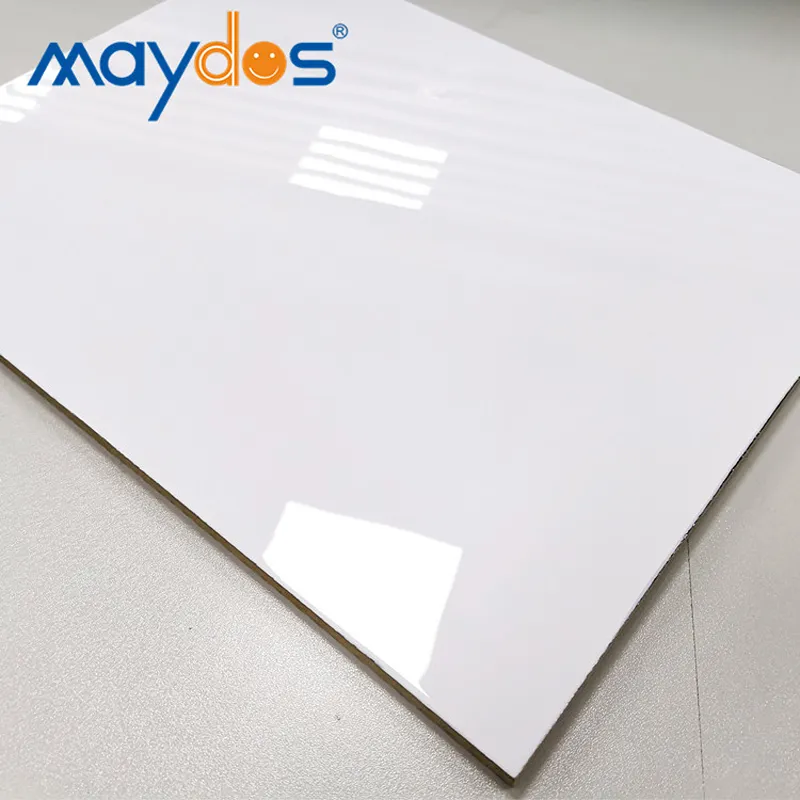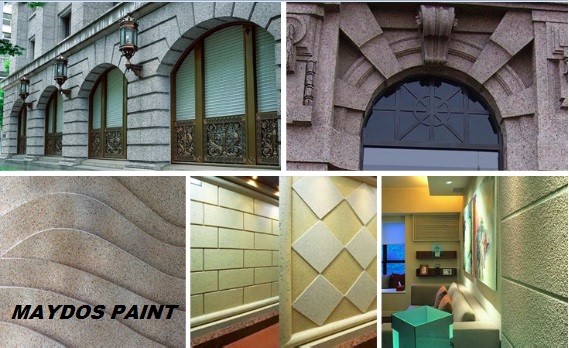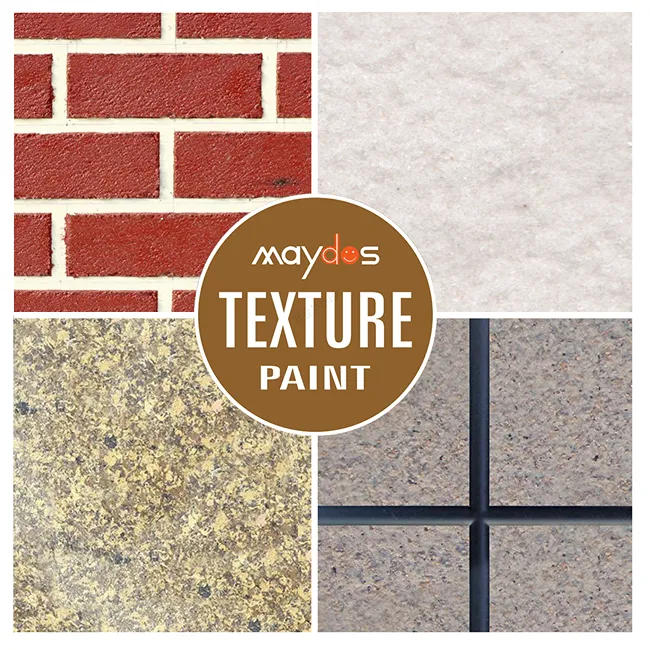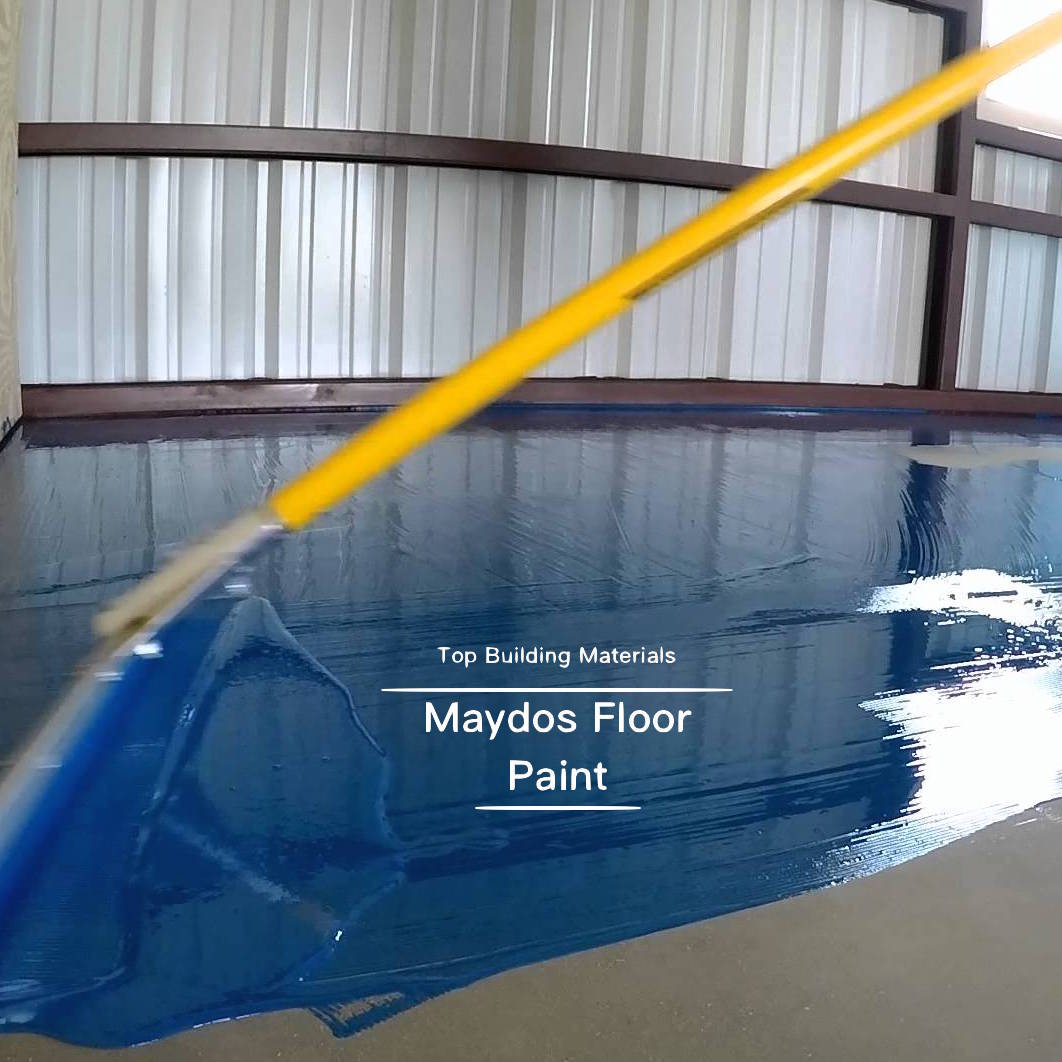Wood has always been a favorite material for designers and craftsmen due to its natural beauty and warmth. However, protecting and enhancing the look of wood surfaces can be a challenge. Epoxy paint has emerged as a popular solution, offering a durable and aesthetically pleasing finish. This guide will explore the benefits of using epoxy paint on wood, the application process, and how it can transform wooden surfaces.
The Benefits of Epoxy Paint for Wood
Epoxy paint is a two-part coating that, when mixed, creates a chemical reaction resulting in a hard, protective surface. Here are some of the key benefits of using epoxy paint on wood:
- Durability: Epoxy paint forms a tough, scratch-resistant layer that can withstand heavy use, making it ideal for high-traffic areas.
- Water Resistance: Epoxy-coated wood is highly resistant to water, making it suitable for use in kitchens, bathrooms, and outdoor settings.
- Adhesion: Epoxy paint has excellent adhesion properties, bonding well with wood surfaces and creating a long-lasting finish.
- Aesthetics: Epoxy paint can give wood a sleek, modern look or a high-gloss finish, enhancing its natural beauty.
- Ease of Cleaning: The smooth surface of epoxy paint makes it easy to clean, maintaining the appearance of the wood over time.
Preparing Wood for Epoxy Paint
Proper preparation is crucial for achieving the best results with epoxy paint. Here’s a step-by-step guide to prepare wood surfaces:
- Clean the Surface: Start by cleaning the wood surface thoroughly to remove any dust, dirt, or debris.
- Sanding: Sand the wood surface to create a smooth, even finish. This step is essential for ensuring good adhesion of the epoxy paint.
- Remove Resins and Oils: If the wood is a type that secretes resins or oils, such as pine, these should be removed to prevent issues with adhesion.
- Dry the Wood: Ensure the wood is completely dry before applying epoxy paint, as moisture can cause bubbling or cloudiness.
- Seal Open Pores: For woods with larger pores, like oak, sealing the pores can prevent the epoxy from settling and create a more uniform finish.
Applying Epoxy Paint to Wood
Once the wood is properly prepared, follow these steps to apply epoxy paint:
- Mix the Epoxy: Follow the manufacturer’s instructions to mix the epoxy resin and hardener in the correct proportions.
- Apply the First Coat: Use a brush or roller to apply a thin, even first coat of epoxy paint. Avoid overworking the paint to prevent air bubbles.
- Drying Time: Allow the first coat to dry completely according to the manufacturer’s recommended drying time.
- Apply Subsequent Coats: If additional coats are desired, repeat the process, ensuring each coat is dry before applying the next.
- Curing: Epoxy paint requires a curing period after the final coat. Follow the manufacturer’s guidelines for the curing time.
Maintaining Epoxy-Coated Wood
Proper maintenance can extend the life of an epoxy-coated wood surface:
- Regular Cleaning: Clean the surface with a soft cloth and mild detergent to maintain its appearance.
- Avoid Abrasive Materials: Use non-abrasive cleaning tools to prevent scratching the epoxy surface.
- Protect from Direct Sunlight: Prolonged exposure to direct sunlight can discolor epoxy paint, so consider using UV protectants or shades.
The Impact of Epoxy Paint on Woodworking Projects
Epoxy paint has had a significant impact on woodworking projects:
- Expanded Creativity: Epoxy paint allows craftsmen to achieve unique finishes and incorporate modern elements into traditional woodwork.
- Increased Durability: The protective qualities of epoxy paint make it an excellent choice for projects that require resistance to wear and tear.
- Enhanced Value: Epoxy-coated wood products often have a higher perceived value, making them more attractive to consumers.
The Future of Epoxy Paint in Wood Finishing
The future of epoxy paint in wood finishing is promising, with several trends shaping its development:
- Innovation in Formulas: Manufacturers are continually improving epoxy formulas for better adhesion, durability, and ease of use.
- Sustainability: There is a growing demand for eco-friendly epoxy products that minimize environmental impact.
- Customization: Epoxy paint is becoming more customizable, with a variety of colors and finishes to choose from.
Conclusion
Epoxy paint offers a durable, water-resistant, and aesthetically pleasing finish for wood surfaces. By following proper preparation and application techniques, woodworkers and DIY enthusiasts can transform wooden projects into beautiful, long-lasting creations. As the industry evolves, the versatility and protective qualities of epoxy paint make it a valuable tool in the world of woodworking and home improvement.





















